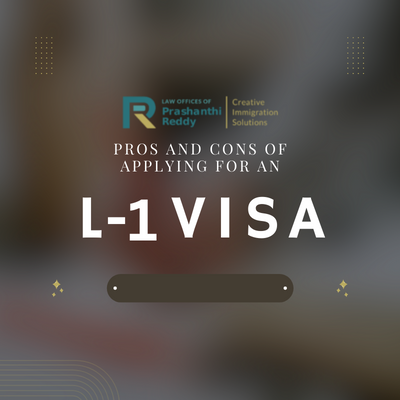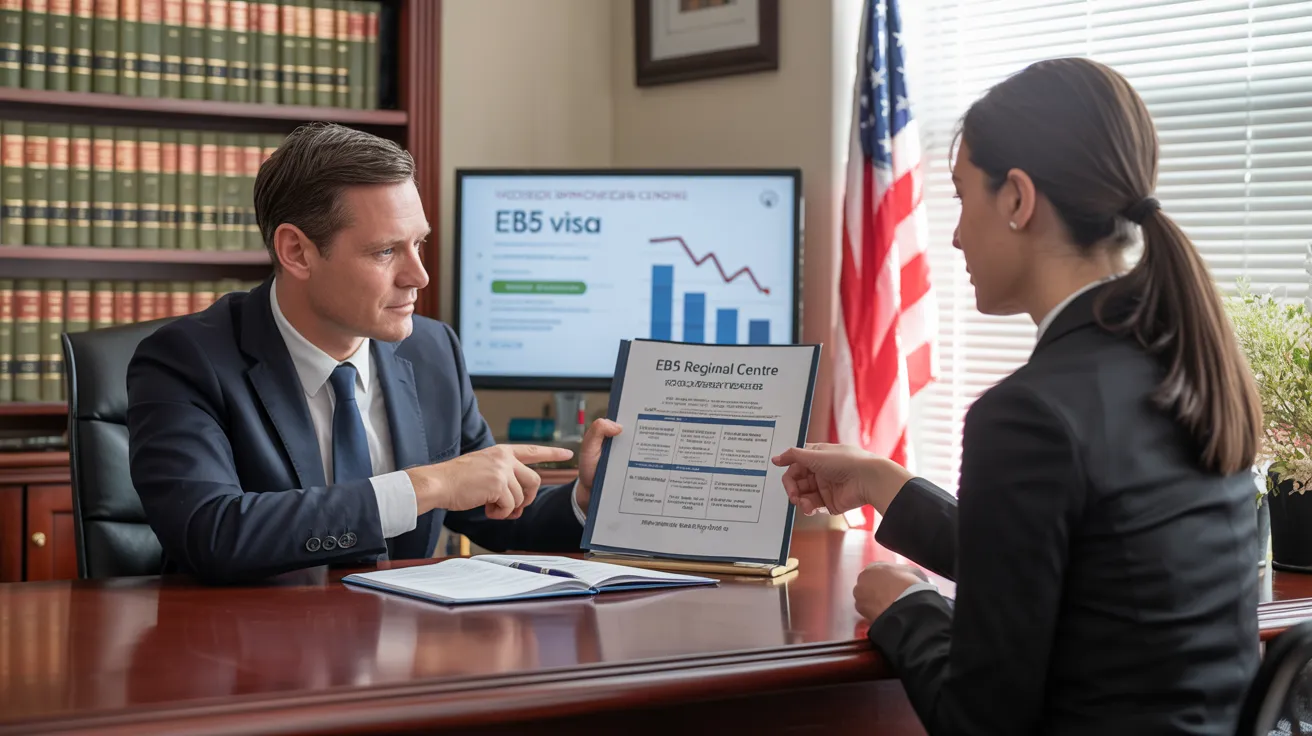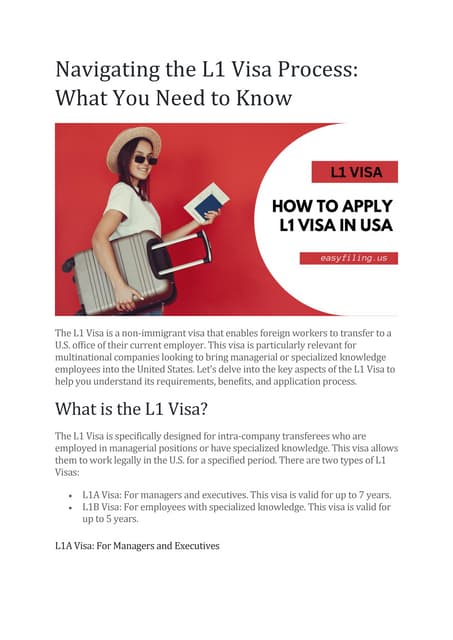L1 Visa for Dummies
Table of ContentsThe 9-Second Trick For L1 VisaThe 8-Second Trick For L1 VisaThe Best Guide To L1 VisaL1 Visa - The Facts6 Easy Facts About L1 Visa ShownThe Ultimate Guide To L1 Visa
Offered from ProQuest Dissertations & Theses Worldwide; Social Scientific Research Premium Collection. (2074816399). (PDF). Congress. (PDF). DHS Office of the Inspector General. (PDF). (PDF). "Nonimmigrant Visa Data". Obtained 2023-03-26. Division of Homeland Protection Workplace of the Examiner General, "Evaluation of Vulnerabilities and Potential Abuses of the L-1 Visa Program," "A Mainframe-Size Visa Technicality".
U.S. Department of State. Retrieved 22 August 2016. "Workers paid $1.21 an hour to set up Fremont tech business's computer systems". The Mercury News. 2014-10-22. Recovered 2023-02-08. Costa, Daniel (November 11, 2014). "Obscure short-lived visas for foreign tech workers depress incomes". The Hill. Tamen, Joan Fleischer (August 10, 2013). "Visa Holders Replace Workers".
Some Known Details About L1 Visa
In order to be qualified for the L-1 visa, the international firm abroad where the Beneficiary was employed and the U.S. company must have a certifying partnership at the time of the transfer. The various types of certifying relationships are: 1.
Instance 1: Company A is integrated in France and utilizes the Recipient. Business B is incorporated in the U.S. and intends to petition the Beneficiary. Company A has 100% of the shares of Business B.Company A is the Parent and Company B is a subsidiary. There is a certifying connection between the 2 firms and Company B ought to be able to fund the Beneficiary.
Firm A possesses 40% of Company B. The staying 60% is had and controlled by Business C, which has no relation to Business A.Since Company A and B do not have a parent-subsidiary partnership, Business A can not fund the Recipient for L-1.
Company A possesses 40% of Business B. The remaining 60% is had by Company C, which has no relationship to Company A. Nevertheless, Firm A, by official arrangement, controls and full manages Company B.Since Business A possesses much less than 50% of Company B however manages and regulates the business, there is a qualifying parent-subsidiary connection and Firm A can sponsor the Beneficiary for L-1.
The 45-Second Trick For L1 Visa
Associate: An affiliate is 1 of 2 subsidiaries thar are both had and managed by the exact same moms and dad or person, or possessed and regulated by the same group of individuals, in essentially the exact same proportions. a. Example 1: Company A is integrated in Ghana and uses the Recipient. Business B is integrated in the U.S.
Company C, also integrated in Ghana, owns 100% of Company A and 100% of Company B.Therefore, Company A and Business B are "affiliates" or sister firms and a certifying relationship exists between both companies. Company B must have the ability to fund the Recipient. b. Example 2: Firm A is included in the U.S.
Company A is 60% had by Mrs. Smith, 20% had by Mr. Doe, and 20% possessed by Ms. Brown. Firm B is integrated in Colombia and currently utilizes the Recipient. Firm B is 65% possessed by Mrs. L1 Visa attorney Smith, 15% possessed by Mr. Doe, and 20% had by Ms. Brown. Firm A and Firm B are affiliates and have a qualifying partnership in 2 different methods: Mrs.
The L-1 visa is an employment-based visa group established by Congress in 1970, allowing multinational companies to transfer their managers, execs, or essential employees to their U.S. procedures. It is typically described as the intracompany transferee visa. There are two major sorts of L-1 visas: L-1A and L-1B. These types appropriate for workers hired in various settings within a firm.

Furthermore, the beneficiary must have worked in a managerial, exec, or specialized staff member position for one year within the three years preceding the L-1A application in the foreign company. For brand-new workplace applications, international employment has to have been in a managerial L1 Visa requirements or executive capacity if the beneficiary is involving the USA to work as a manager or executive.
Little Known Facts About L1 Visa.

If given for a united state company operational for greater than one year, the first L-1B visa is for up to 3 years and can be extended for an extra two years (L1 Visa). Conversely, if the united state business is freshly established or has actually been functional for less than one year, the first L-1B visa is released for one year, with extensions offered in two-year increments
The L-1 visa is an employment-based visa category established by Congress in 1970, allowing multinational companies to move their managers, execs, or key personnel to their united state operations. It is commonly referred to as the intracompany transferee visa. There are two primary types of L-1 visas: L-1A and L-1B. These kinds appropriate for staff members worked with in various settings within a company.
L1 Visa Fundamentals Explained
Furthermore, the recipient has to have operated in a managerial, exec, or specialized staff member position for one year within the 3 years preceding the L-1A application in the international company. For brand-new office applications, international work should have remained in a managerial or executive capacity if the beneficiary is concerning the United States to work as a supervisor or exec.
for approximately seven years to supervise the operations of the U.S. affiliate as an executive or manager. If provided for a united state firm that has been operational for even more than one year, the L-1A visa is originally approved for as much as 3 years and can be extended in two-year increments.
If approved for a united state firm functional for more than one year, the first L-1B visa is for up to 3 years learn more and can be expanded for an additional two years. Alternatively, if the U.S. company is recently developed or has actually been operational for much less than one year, the preliminary L-1B visa is issued for one year, with extensions readily available in two-year increments.